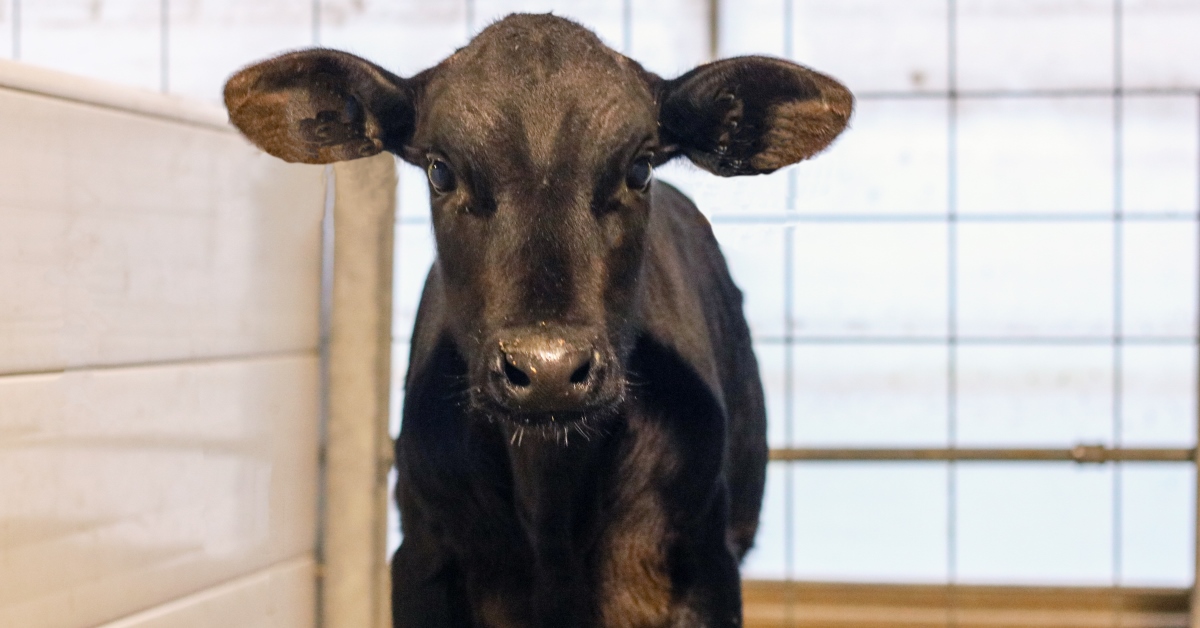

Passive immunity in dairy calves is evaluated by measuring the serum total protein (STP) within the first 1 to 7 days of life. This measurement offers us information directly correlated to an individual calf’s immune status, their likeliness of morbidity and mortality, and the effectiveness of the colostrum management programs in place. Within the last few months, new recommendations on passive immunity standards have been released with the goal of maximizing calf health and reducing morbidity and mortality in young calves.
Where we’ve been
This information begs several questions: Are we accurately measuring calf immunity? Can we change the standards to improve calf health and further reduce calf mortality? Is there a way to identify at-risk calves more confidently?
What we know
Research has shown, time and time again, that healthier calves have improved rates of gain and feed efficiency, which, in turn, results in earlier breeding, reduced age at first calving, and improved first- and second-lactation milk production. Since calf health is so heavily dependent on colostrum, we can make the argument that dairymen will be paid back many times over in terms of short- and long-term benefits if colostrum management is done right.
Where we’re going
An in-depth study published within the last few months details new goals for passive immunity in dairy calves that focuses on both calf- and herd-level standards, as shown in Table 1. Instead of categorizing passive immunity as a dichotomized “pass/fail” system, these new standards recommend an “excellent/good/fair/poor” classification system based on the statistical morbidity and mortality differences between the four classifications. To determine and monitor herd-level passive immunity, sampling at least 12 clinically normal calves is recommended.
Table 1. New goals for monitoring levels of passive immunity in dairy calves in the United States
Categories
IgG levels
Serum total protein levels
Brix levels
Calves in each category
Excellent